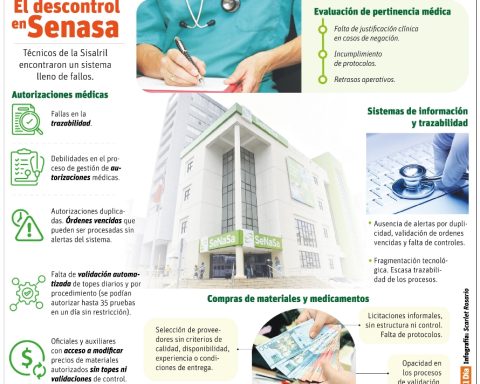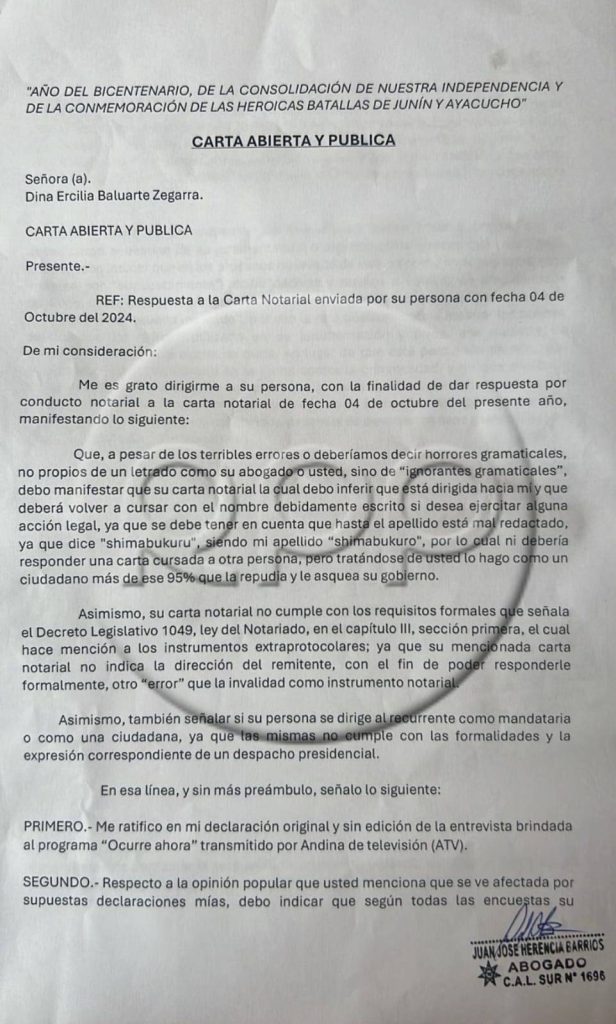Santo Domingo.- The United Nations Population Fund (UNFPA) announced this Wednesday the provinces where the highest number of teenage pregnancies has been recorded so far in 2024, highlighting that, despite the fact that in recent years the Dominican Republic has experienced a decrease in these cases, there is still much to be done. do.
So far San Pedro de Macorís, Duarte and La Romana top the list, and the latter is considered the one that has recorded the most pregnancies in minor women.
It was indicated that this order may change at the end of the year when a count is carried out at the national level and where provinces in the Southern region may be reflected, where the highest rates are generally recorded.
Likewise, UNFPA pointed out the provinces and municipalities where for more than 20 years the number of teenage pregnancies has remained on the rise and which have been given priority when addressing public policies.
You might also be interested in: Pregnancies in teenagers are still a challenge for the DR
Among these are Santo Domingo Este, Santo Domingo Norte, Santo Domingo Oeste, Santiago de los Caballeros, San Juan, Higüey and San Cristóbal.
Likewise, Los Alcarrizos, Puerto Plata, San Francisco de Macorís, Baní, San Pedro de Macorís, Barahona, Azua, Bajos de Haina, Boca Chica, Dajabón, El Cercado and Las Matas de Farfán.
“Teenage pregnancy is a multifactorial phenomenon and being able to report a decrease in the adolescent fertility rate today is definitely a great advance, but we are still ahead of the region and there is a lot of work to do,” said Alanna Armitage, director of UNFPA for the DR, Cuba and Mexico.

Births, cesarean sections, abortions and incest
According to the numbers registered in the Public Health Services Network, UNFPA highlighted that so far in 2024 alone, the country has 355 cases of girls under 15 years of age who have had births, cesarean sections and abortions.
For its part, according to reports from the Attorney General’s Office (PGR), some 1,485 minors have been victims of seduction and another 379 of incest; They highlighted that these cases of incest do not necessarily correspond to pregnancies.
These data were offered at the weekly lunch of the Corripio Communications Group where Mario Serrano Marte, national representative, was also present; Jeannie Ferreras, national officer for Gender and Youth Programs; Dulce Chahín, national officer of Sexual and Reproductive Health Programs; Laura Suazo, national officer of the Population and Development Program and María Villalaín, coordinator of Resource Mobilization and Strategic Alliances.


















